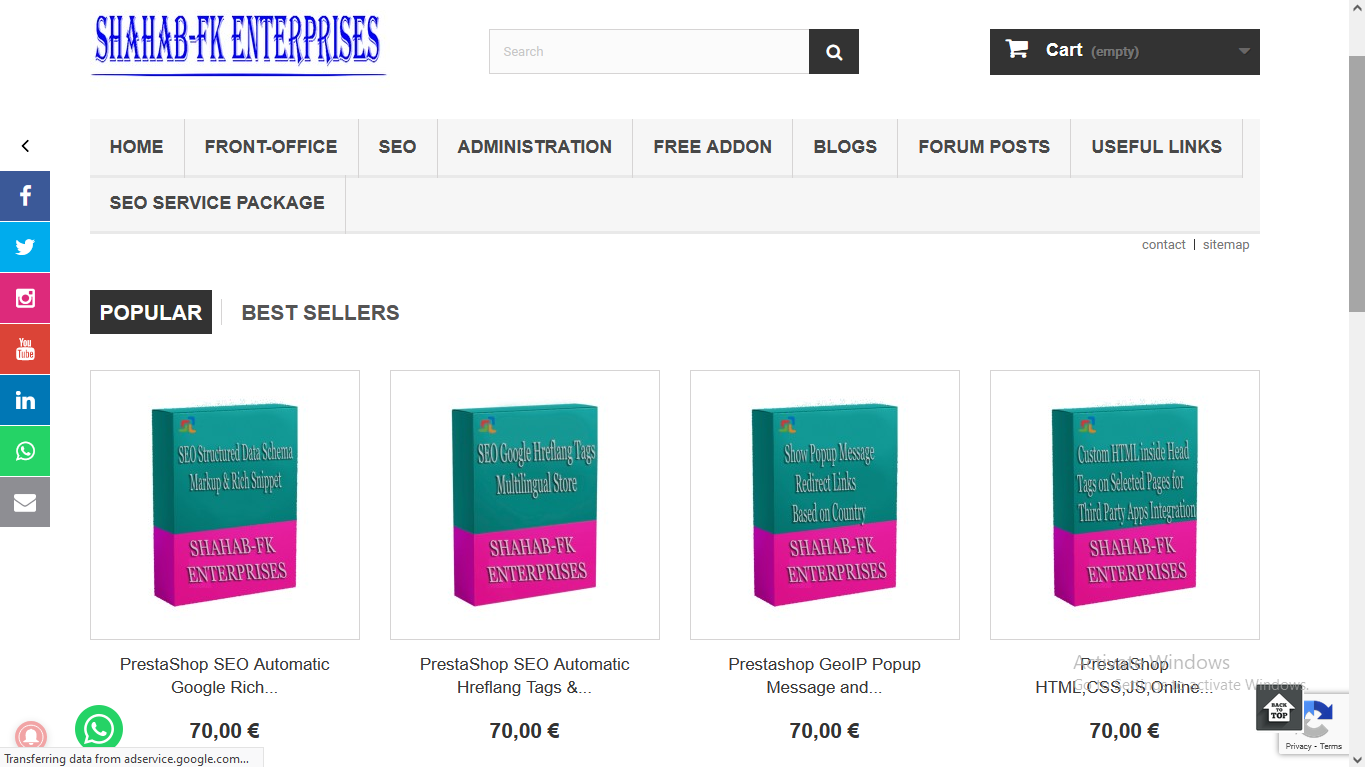Web Design For Everyone Web design used to be something left to the experts with knowledge in coding, graphics, and various html programs. The average website owner had nothing to do with the actual design or creation of their website, instead focusing on writing the content, getting the sales, basically the “front-end” stuff.
Nowadays, thanks to the development of Content Management Systems (CMS) such as WordPress, Blogger, and many more, the average person can have a relatively decent looking website online in a few hours. If it is not their first attempt, that time could be reduced to mere minutes.
I was always interested in building websites as a kid. The Internet was new and the whole concept and structure of pages seemed amazing to me. I wasn’t particularly graphical though, and didn’t have the patience to learn code, so it remained a bit of a dream.
Fast-forward to 2013, and in the last 9 months I have created almost a dozen different websites, on various different topics, all of which took just a few hours to get set-up, and a few more days of fine tuning.
This is again, thanks to the CMS programs that have revolutionized web design.
Now, even if you are not artistic or graphically inclined, you can choose from a plethora of pre-made templates, known as themes. There are so many in fact, that you could end up wasting away a whole day just choosing one. It’s best in this situation to just choose a decent looking one (clean, white, simple ones work well) and change it later if necessary.
Click the theme you want, go to your control panel and click “add page”, type out the title and some content, hit “publish” and voila, your first web page is online.
Plugins, Widgets, Premium Themes and More
Now your basic site is quite bare and minimal when it is first published. As you add content and grow it, you might like to add some customization to the basic templates. This is where widgets and plugins come in. A widget is usually included in the theme and you can add it to remove it as necessary.
An example widget is a “latest posts” feed that you can include in your sites sidebar.
Plugins add more, they usually perform a feature that would otherwise be unable with the theme you use. Some plugins include: Google Analytics tracking, a contact form, advertisement blocks, and so on.
Premium themes are paid for. While they are thousands of free themes to choose from, sometimes you might want that extra kick, more menu options, more professional looks, more customization. Premium themes just have more. It all depends on your needs.
Whether you are looking for a very simple, clean blog to write about your travels, hobbies, or daily life, or whether you are looking to create a fully functioning business site that will deal with thousands of visitors a month, web design is no longer a painstaking process that is off-limits to most people.
Yes, it still requires testing, tweaking, and constant improving, but anybody who can send an e-mail or write a word document should be able to handle it.

